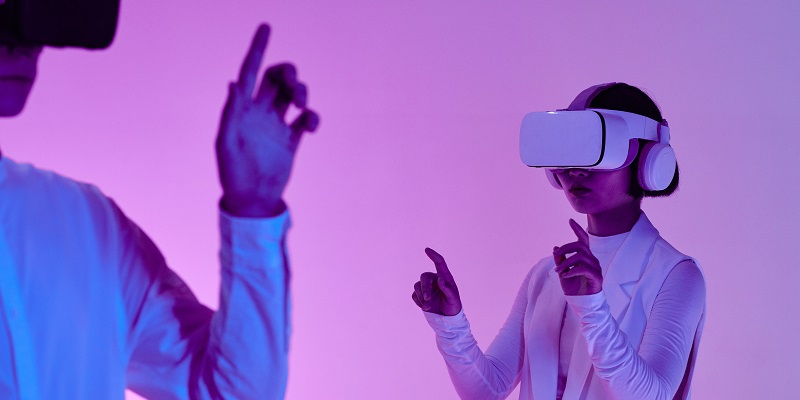Artificial intelligence has emerged as a powerful tool in improving the lives of blind individuals, allowing them to experience the visual world in ways previously unimaginable. With the ability to process both text and images, AI systems generate conversational responses and describe visual details in real time. This article explores the transformative impact of AI solutions for blind individuals and examines the risks and considerations associated with their implementation.
AI Systems for Generating Visual Descriptions
The capabilities of AI systems have revolutionized the way the blind perceive their surroundings. These advanced systems process text and images, offering real-time conversational responses that accurately describe visual details. One notable example is the Vision app, initially launched in 2018 and now available for Google Glass. Through this app, blind individuals can finally read text in images, enabling them to access information previously inaccessible to them. Moreover, Ask Envision, a virtual visual assistant powered by the state-of-the-art GPT-4, goes beyond text recognition. This cutting-edge assistant can recognize faces, objects, colors, and describe entire scenes, bringing the visual world to life for blind users. By leveraging artificial intelligence, blind individuals can now navigate and understand their surroundings on a whole new level.
Integration of AI into Existing Apps
Building upon existing apps designed for the visually impaired, AI technology has been seamlessly integrated to enhance their functionality. Be My Eyes, a popular app for blind individuals, recently incorporated GPT-4 to provide virtual assistant support. This integration allows blind users to receive assistance with identifying ingredients, offering recipes, and performing various tasks that were previously dependent on sight. Testimonials from blind computer scientist Sina Bahram further underline the impact of AI tools. Through Be My Eyes, Bahram experienced the remarkable capacity of these AI-driven systems, enabling him to understand and connect with the visual experiences of his sighted companions. This breakthrough technology not only enriches the lives of blind individuals but also fosters inclusivity and connectivity.
Other AI initiatives for the visually impaired
Recognizing the potential of innovative AI solutions, tech giant Microsoft has also made advancements in this domain. Currently in beta testing, Microsoft is exploring the integration of Be My Eyes into its suite of accessibility tools. Furthermore, Microsoft has developed its own app called Seeing AI, designed specifically for the visually impaired. This app utilizes AI to provide real-time descriptions of scenes, recognition of objects, and even reading text aloud, empowering the blind to navigate and engage with their environment more independently.
Risks Associated with AI Tools for the Blind
While AI tools present tremendous opportunities for the blind, they also come with inherent risks. One concern revolves around the potential for fabricated information and biased decisions. As these tools heavily rely on algorithms and training data, there is a need for stringent checks and balances to ensure accurate and unbiased results, particularly in sensitive decision-making processes that affect the lives of blind individuals.
The perspective of blind users on AI tools
Despite the risks, blind users overwhelmingly express a preference for receiving limited information through AI tools rather than having none at all. Even if the AI systems can only identify high recognition items, blind individuals find value in gaining insights and awareness of their surroundings. However, it is crucial to acknowledge that the use of language models like GPT-4 exposes blind individuals to potential biases, specifically related to ethnicity and gender. Careful consideration must be given to addressing and mitigating these biases to foster an inclusive and equitable AI ecosystem.
Artificial intelligence has emerged as a powerful solution for enabling blind individuals to perceive and interact with the visual world. Through AI systems, blind individuals can now access visual information, engage with their environment more independently, and connect with sighted individuals on a deeper level. While the risks associated with AI tools cannot be ignored, their transformative potential outweighs the challenges. By adopting appropriate safeguards and practices, we can harness the power of AI to overcome barriers and create a more inclusive society for all.

